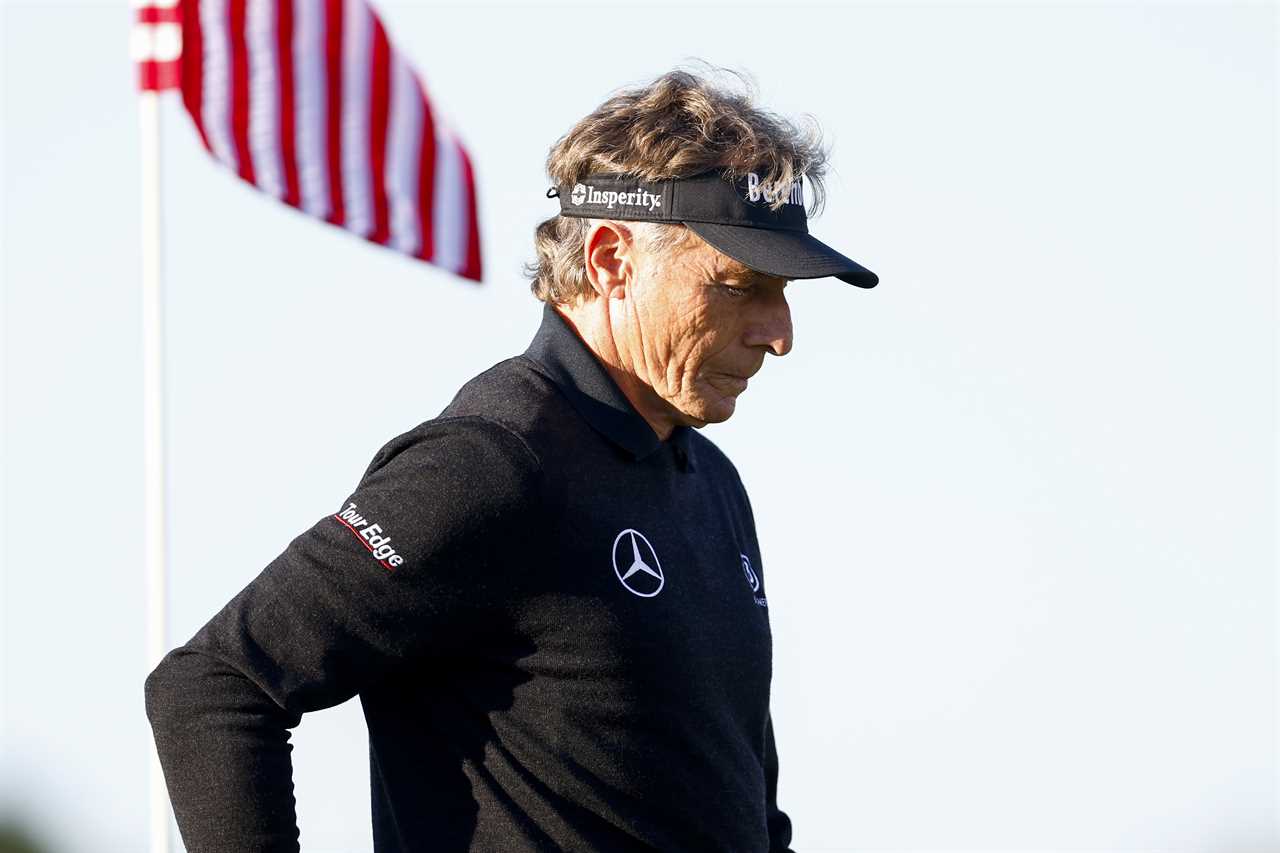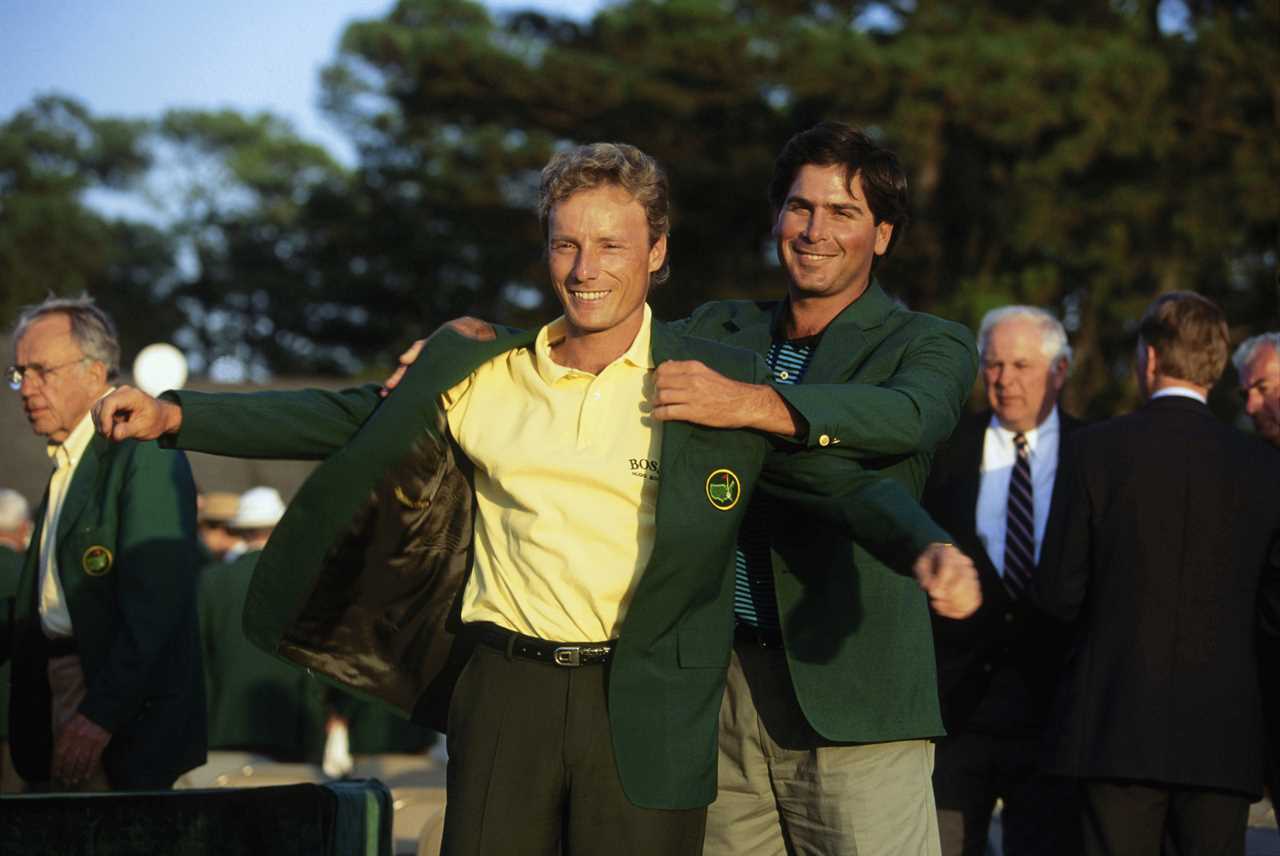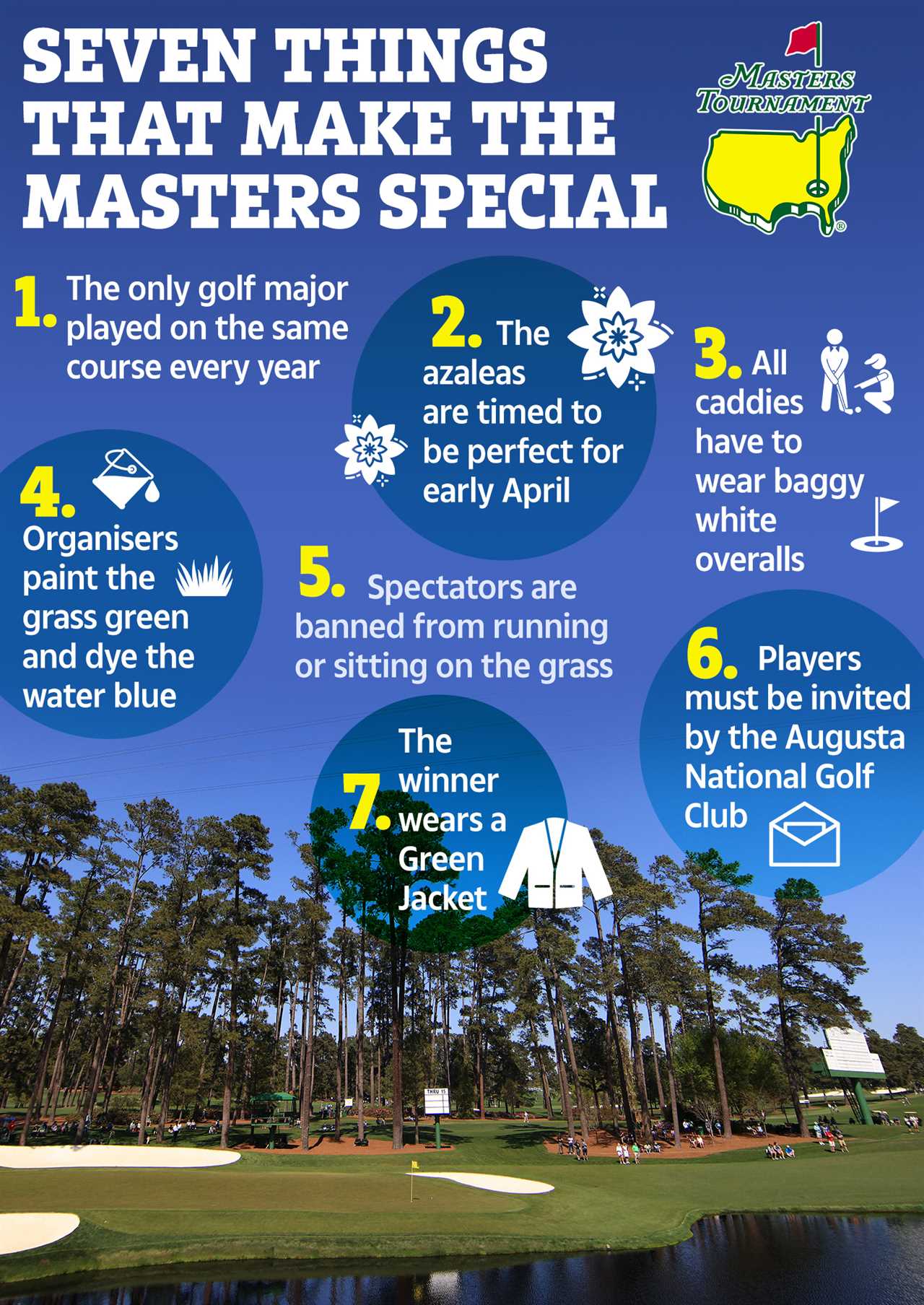
Two-time Masters winner Bernhard Langer has opened up about his ongoing battle with mobility issues, raising concerns as he approaches his final outing at Augusta.
Champion's Health Update Sparks Concern
The 67-year-old German golfing legend, renowned for his triumphs at Augusta in 1985 and 1993, recently shared a troubling update regarding his health. Langer revealed that he is experiencing significant difficulty walking, a revelation that has left fans and fellow golfers worried.
Setback from Achilles Injury
Last year, Langer suffered a torn Achilles tendon, an injury that severely impacted his ability to compete and sidelined his participation in the 2024 Masters. The recovery process has been long and arduous, with the veteran golfer still grappling with the physical repercussions.
Struggling to Navigate Augusta’s Course
Langer confessed that despite his dedication and perseverance, walking the 18 holes at Augusta remains a formidable challenge. "To get back to where I was, and I always thought I would come back, it was just a matter of when and how," he stated. However, he acknowledged that full recovery remains uncertain.

Dependence on Golf Carts
Due to his ongoing difficulties, Langer has been relying heavily on golf carts during tournaments. "I can walk, I’m OK walking nine holes, but then I get a little fatigued and stiff and all that kind of stuff," he explained. This limitation affects his stamina and overall performance on the green.
Commitment to Compete One Last Time
Despite his physical challenges, Langer is determined to make his final appearance at Augusta a memorable one. He emphasised the need to perform exceptionally well to manage the course's demands, stating, "I’m hoping to play great, and I have to play great to make the cut because the course is so long for me that nothing but great will do it."
Facing Tough Competition
Langer highlighted the increased difficulty he faces compared to his younger competitors. "I’m coming in with two and three-irons where the other guys are hitting nine-irons on every hole, and that’s just hard to compete," he remarked. This disparity underscores the physical challenges he must overcome to stay competitive.
Months of Rehabilitation
The road to recovery has been filled with intense rehabilitation efforts. Langer has spent countless months working to regain his mobility and strength, yet the progress has been slower than anticipated. His commitment to returning to top form remains unwavering despite the setbacks.

Hope for the Future
Looking ahead, Langer remains optimistic about his ability to compete at Augusta once more. "It’s still a process trying to get better in that department," he said, expressing hope that continued rehabilitation will support his performance. His resilience and passion for the sport continue to inspire many in the golfing community.
Legacy and Final Appearance
Bernhard Langer’s legacy in golf is firmly established, with his Masters victories standing as testaments to his skill and dedication. As he prepares for his final appearance at Augusta, fans are eager to support him and witness the culmination of a remarkable career.
Support from Fans and Peers
The golfing world has rallied around Langer during his recovery, offering encouragement and support. The respect he commands in the sport is evident, with many wishing him the best as he faces the final chapters of his illustrious career.
As Augusta approaches, all eyes will be on Bernhard Langer to see how he manages his health challenges and whether he can add another memorable performance to his storied career.
Frequently Asked Questions
Can pro golfers train too much?
There is certainly a risk of overtraining for professional golfers. Overtraining and excessive practice may lead to injury, such as a tendinitis. It's essential for golfers to listen to their bodies, prioritize recovery time, and maintain a balanced training schedule. It is more important to focus on quality than quantity when it comes to practicing. Rest days in their schedules are strategically placed to allow their bodies to recover and keep their minds sharp.
What role does technology play in a pro golfer's training?
Modern professional golfers' training arsenals are replete in technology. Launch monitors and high-speed camera technology provide detailed feedback, including ball speed, spin rate, launch angle and other factors. Golfers, along with their coaches, use these data to make informed adjustments in swing mechanics or equipment selection. Wearable fitness devices monitor physiological data in order to customize fitness programs and monitor recuperation. Simulators or virtual reality can be used to create immersive environments for practice, particularly when conditions outside are unfavorable.
How often do pro golfers change their equipment?
Golf pros often change and reassess equipment to suit their needs. They do this to adapt to any changes they may have made to their bodies, their swings, or to the requirements of a new course. Wedges and putters are often altered or replaced in order to maintain precise grooves. Golf balls are available in a variety of performance and condition characteristics. In most cases, equipment changes are made after extensive testing and careful consideration.
What is course management and its importance in golfer training for professional players?
It goes beyond athleticism or swing technique. Course management is a vital part of pro golfers' training. It involves strategic decisions that take into account different risk/reward scenarios. During training a golfer is taught to evaluate such factors as the wind, course topography and hazards. With the help of an experienced caddy or golf coach, golfers develop game plans that take advantage of their strengths while avoiding their weaknesses. This skill is as crucial as their physical abilities.
How does a professional golfer's training evolve as they age?
As professional golfers age, their training typically evolves to align with bodily changes and shifting capabilities. Emphasis may shift towards greater focus on flexibility, core stability, and joint-friendly exercises while moderating high-impact activities. Experienced golfers can train more efficiently, focusing on their short game, recovery, and course management. They're likely to rely more on precision and strategic play than mere power, adjusting both their training and their approach to the game accordingly.
What is the typical training program for a professional golfer?
Professional golfers follow a rigorous training program that is meticulously designed to cover all aspects of their game. A standard golf training day could include hours spent on the driving course perfecting their swings with different clubs, time on the putting and chips greens, as well as physical fitness exercises. Mental conditioning often makes up a part of their routine as well, ensuring they remain sharp and focused under pressure. Golfers can spend time with their coach to refine their technique and analyze performance data. Rest and recovery is also a priority to maintain peak levels of performance.
Statistics
- According to a fitness survey, 55% of professional golfers prioritize yoga and pilates for improving flexibility and core strength.
- Nearly 40% of professional golfers update their swing analysis software at least once every two years to stay at the forefront of technology.
- A survey suggests that 75% of pro golfers use a sports psychologist to aid with mental training and performance.
- Technology such as launch monitors are used by 85% of professional golfers in their training routines.
- Statistical data indicates that around 50% of pro golfers have experienced a golf-related injury due to overtraining.
- Rest days are included in 100% of the training schedules of top professional golfers to prevent burnout and injury.
- An estimated 60% of professional golfers change at least one piece of their equipment each season.
- It is estimated that back pain affects up to 34% of pro golfers, making it one of the most common injuries in golf.
External Links
How To
How to Develop an Optimal Golf Fitness Program
In order to develop a golf specific fitness regime, it is important to focus on exercises designed to improve flexibility, stability, or power. Lower body exercises build a solid base while core exercises help improve rotational strength, which is crucial for the golf swing. With dynamic stretching and Yoga, you can increase your flexibility. Incorporating exercises that increase explosive force can lead to longer drives. Working with a fitness expert to customize a program that meets the needs of pro golfers is advisable.
 CricketBoxingFormula 1GolfHorse RacingPremier LeagueTennisPrivacy PolicyTerms And Conditions
CricketBoxingFormula 1GolfHorse RacingPremier LeagueTennisPrivacy PolicyTerms And Conditions
